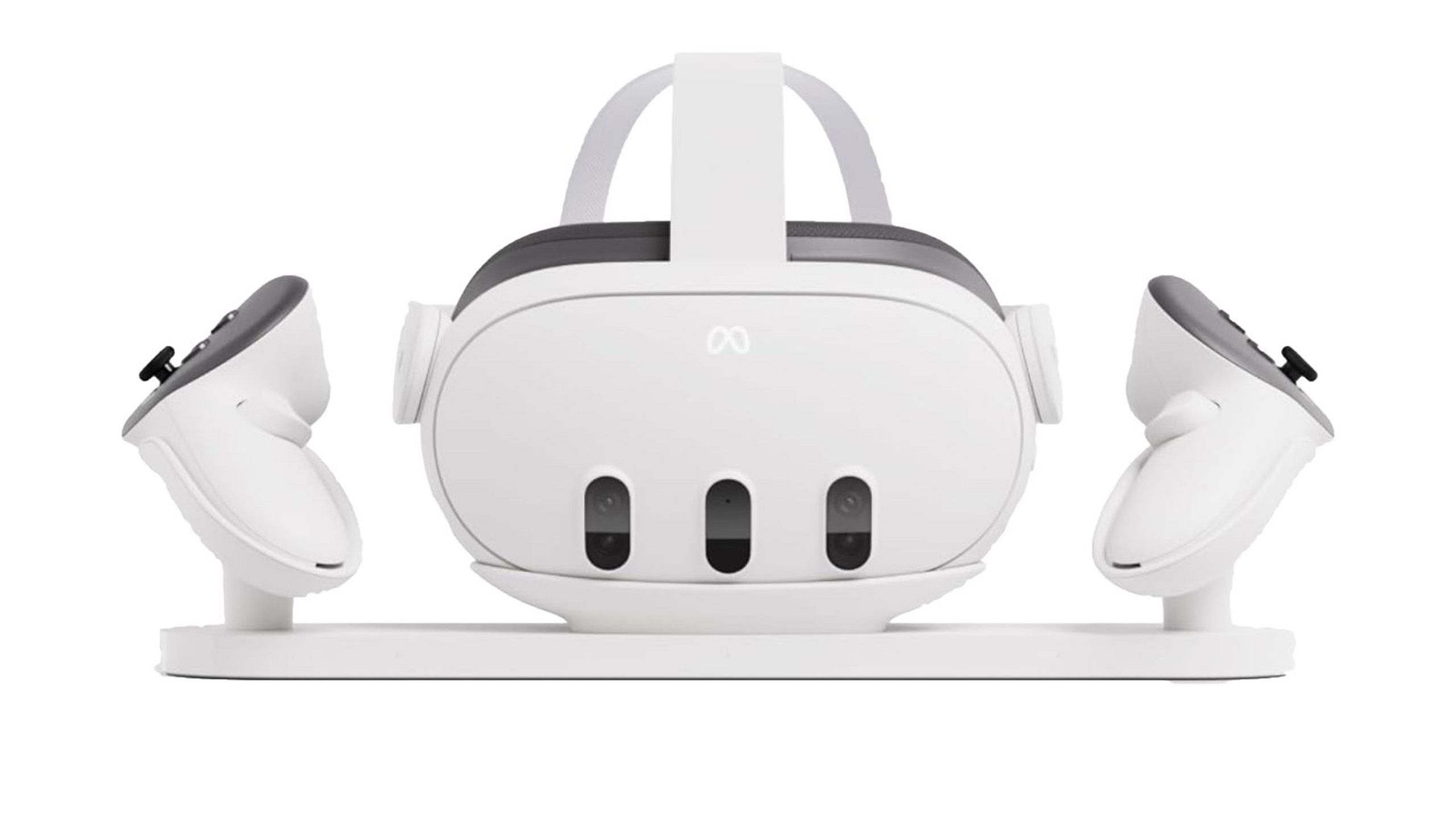Quick Links
In recent years, VR seems to finally emerge from the background of various technological advancements into more of a mainstream market. With companies such as Meta betting hard on the idea of Metaverse, and even Apple getting in on the VR action, virtual reality has never seen better days. Not only are VR apps and games getting better and more versatile every day, but the same is true for the hardware. Nowadays, VR headsets are more approachable than ever, and you can find devices that suit all kinds of budgets.

Best VR headset accessories: Level up your new Meta Quest 3 or other favorite VR model
A great pair of wireless earbuds or straps can make your journey into virtual reality even more immersive.Whether you're just starting out with VR and want to check it out without committing too much of your savings, to premium offerings with incredible specialized features, the VR space now has it all. So, let's detail the best selections around today to help you decide which is best for your needs. We've checked out plenty of popular picks, analyzing their graphical prowess, level of comfort, features and apps, and determined which VR headsets are the best choices to pick up right now.
Best VR headset overall
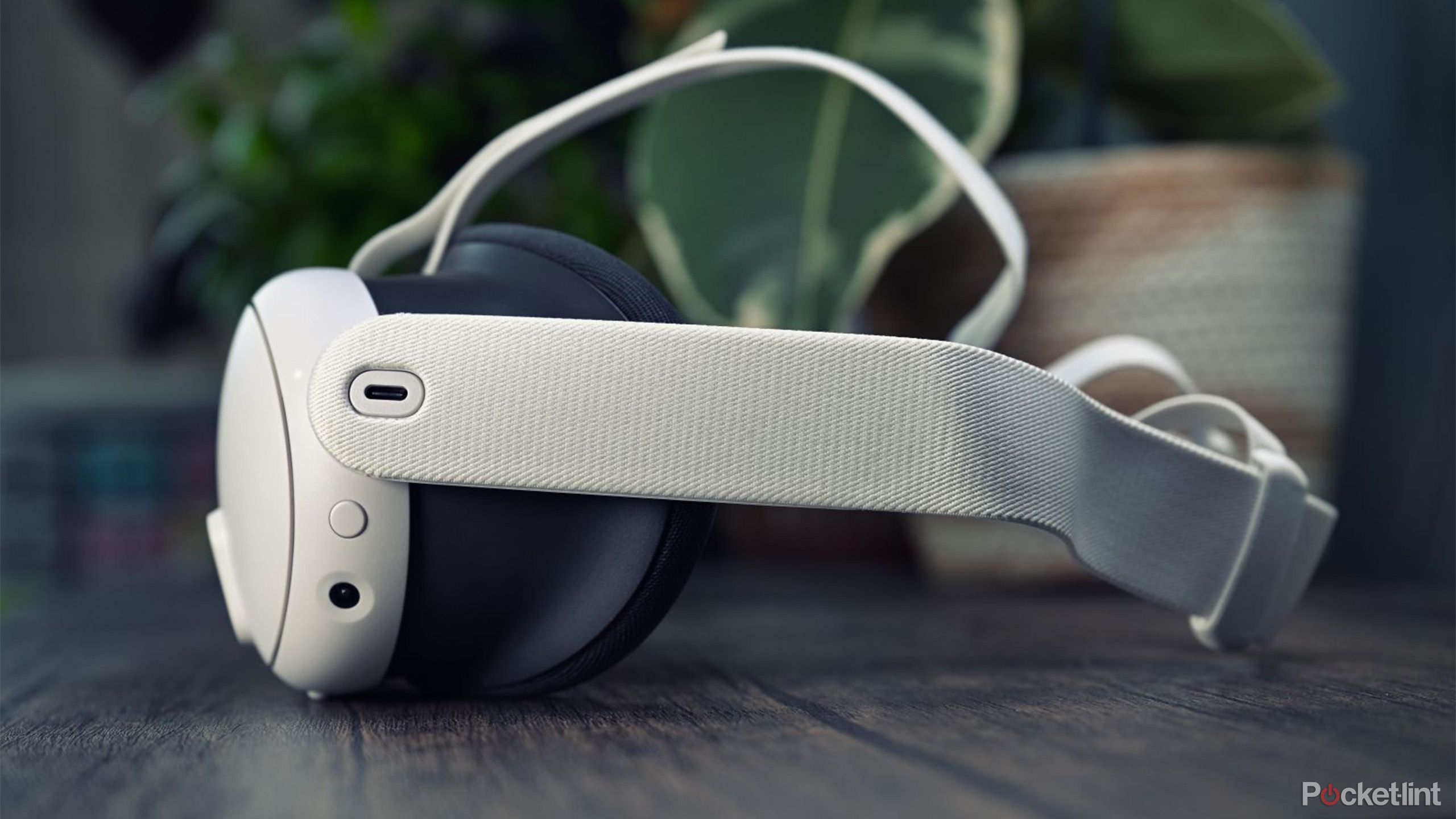
Meta Quest 3
The most powerful standalone VR headset
It's the best standalone VR headset, and also competes admirably with Apple Vision Pro with its mixed reality prowess, considering the gargantuan difference in price.
- Great passthrough quality for MR
- Improved graphics and performance
- Slimmed-down headset and controllers
- More expensive than its predecessor
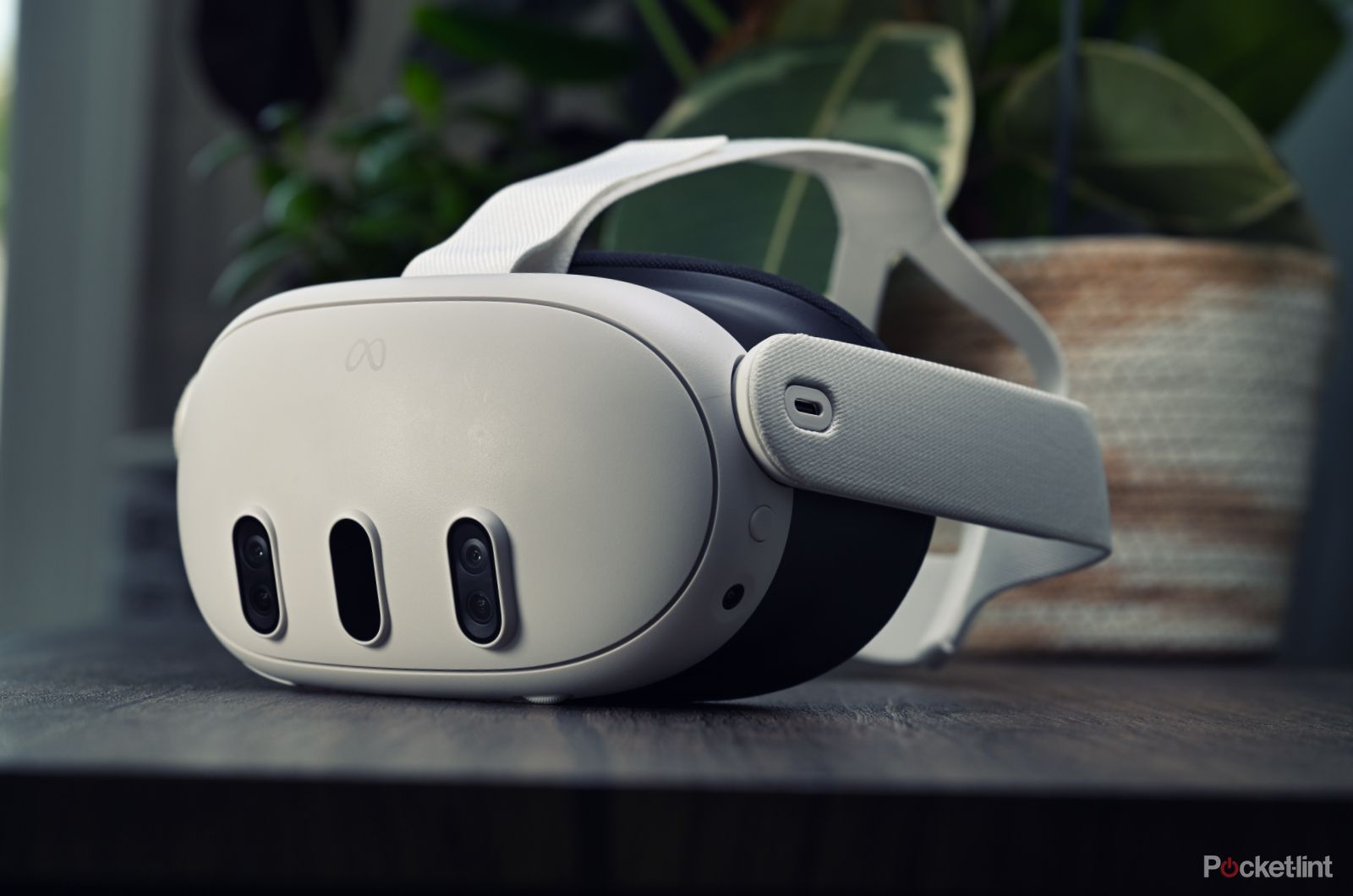
Meta Quest 3 is Taking standalone VR to the next level
Meta has upgraded its popular Quest headset in just about every conceivable way.Meta's latest standalone VR headset has been upgraded in just about every conceivable way. It brings higher resolution displays, better optics, a more powerful processor, a slimmed-down design and, crucially, the ability to play MR games.
It's not only gaming that it excels at, as new Augmented Reality features make it a great productivity partner, allowing for an immersive experience when working and playing games.
This means that you can enjoy immersive gameplay without fully closing yourself off from the world around you, and AR elements will be brought into the real world for you to interact with. It's an exciting new playstyle that wasn't possible in previous headset generations. What's more, it's not only gaming that it excels at, as new Augmented Reality features make it a great productivity partner, allowing for an immersive experience when working and playing games.
We think it's hands-down the best VR experience for the money. Of course, it's a shame that it costs so much more than its predecessor, but when you look at everything it adds, the bump in cost is completely understandable. It's a completely different kind of headset than the Quest 2, and the price had to reflect that.
Best budget VR headset
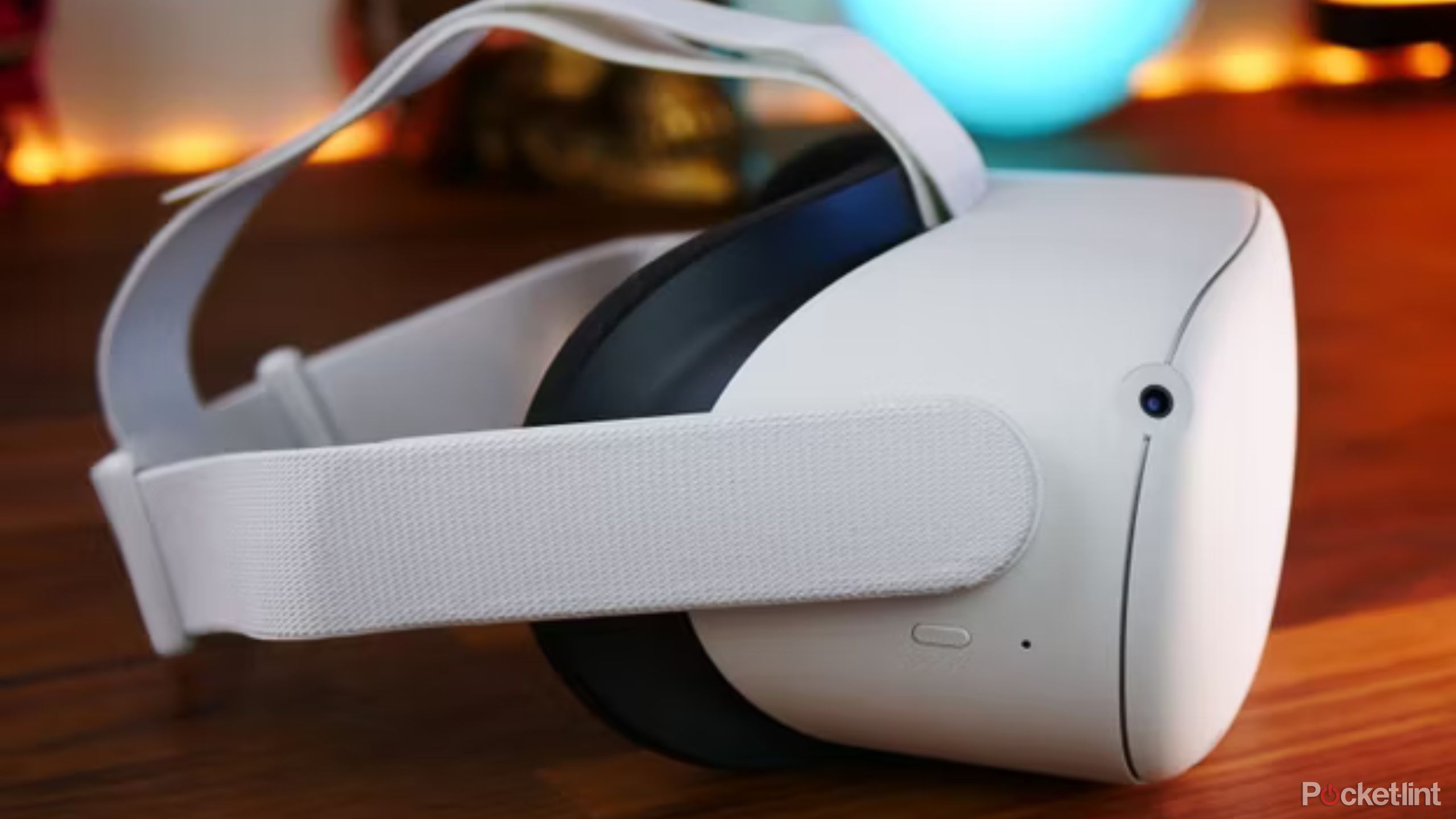
Oculus Quest 2
More affordable VR than ever
A fantastic upgrade to the original Quest, and the improved visuals, features and price make it a must-consider.
- Amazing value
- Standalone
- Comfortable
- Not as impressive as wired headsets
- No real passthrough capabilities
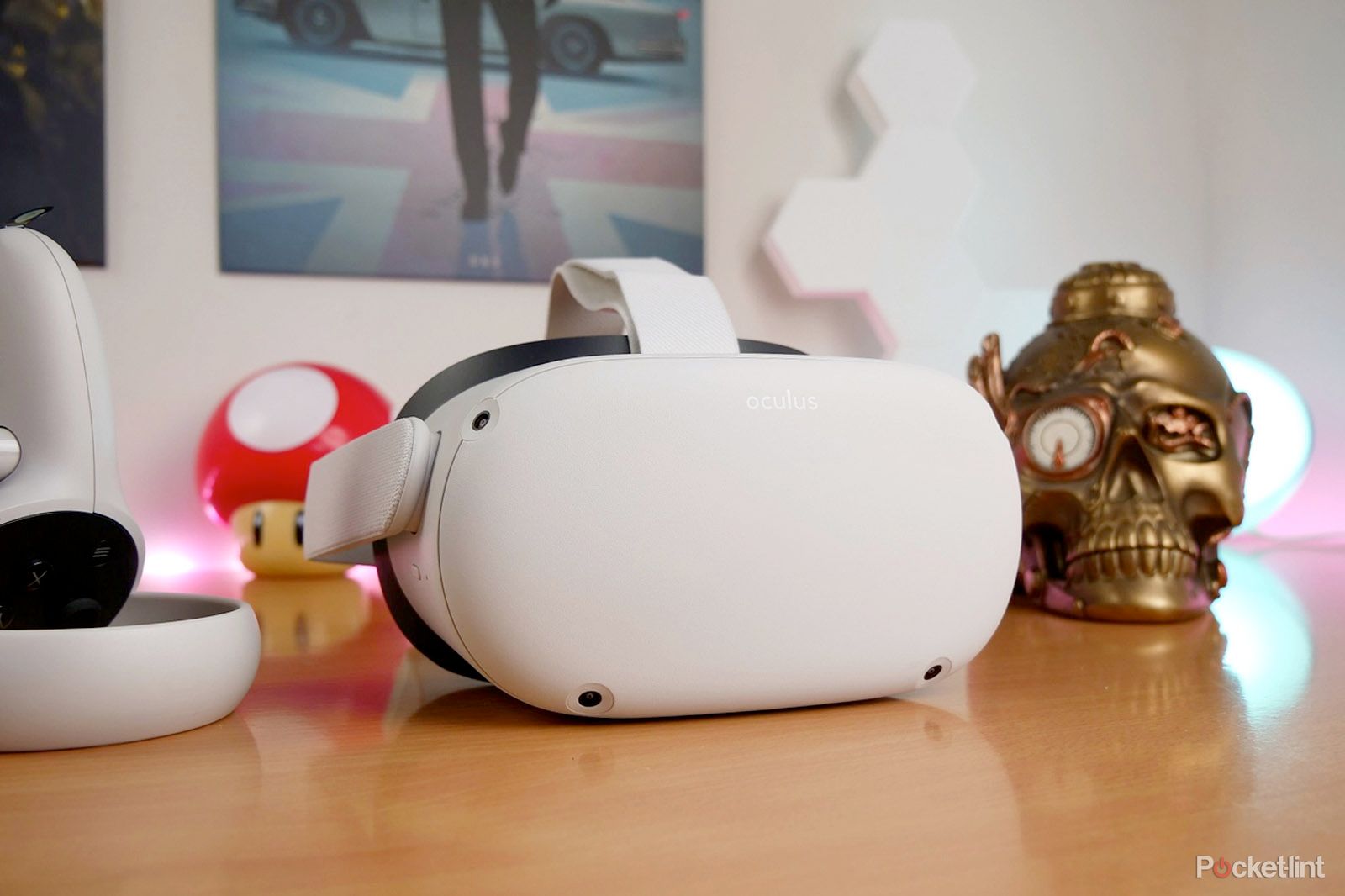
Meta Quest 2, VR superstar
The second-gen update to the tether-free, wireless virtual reality headset from Meta. It's got a great starting price, improved features and more.The Quest 2 may not be the latest and greatest anymore, but it's still one of the most affordable virtual reality headsets around, and it certainly bears mentioning here. Just like the newer model, it's a wire-free headset that doesn't need a PC to run, as it packs enough hardware inside to play some of the best VR games around.
It's really important, as wireless VR is glorious and gives you plenty of freedom. Other highlights, like hand-tracking, inside-out tracking (meaning no external sensors), passthrough cameras and a clever guardian system, make Quest 2 incredibly fun to play with.
It's also very portable but doesn't compromise on its ability to connect to the PC and give you a great PCVR experience as well, making it an excellent budget all-rounder. Great visuals, superb audio and the ability to plug in and play more with Oculus Link make Quest 2 even more special, as well.
Best productivity VR headset
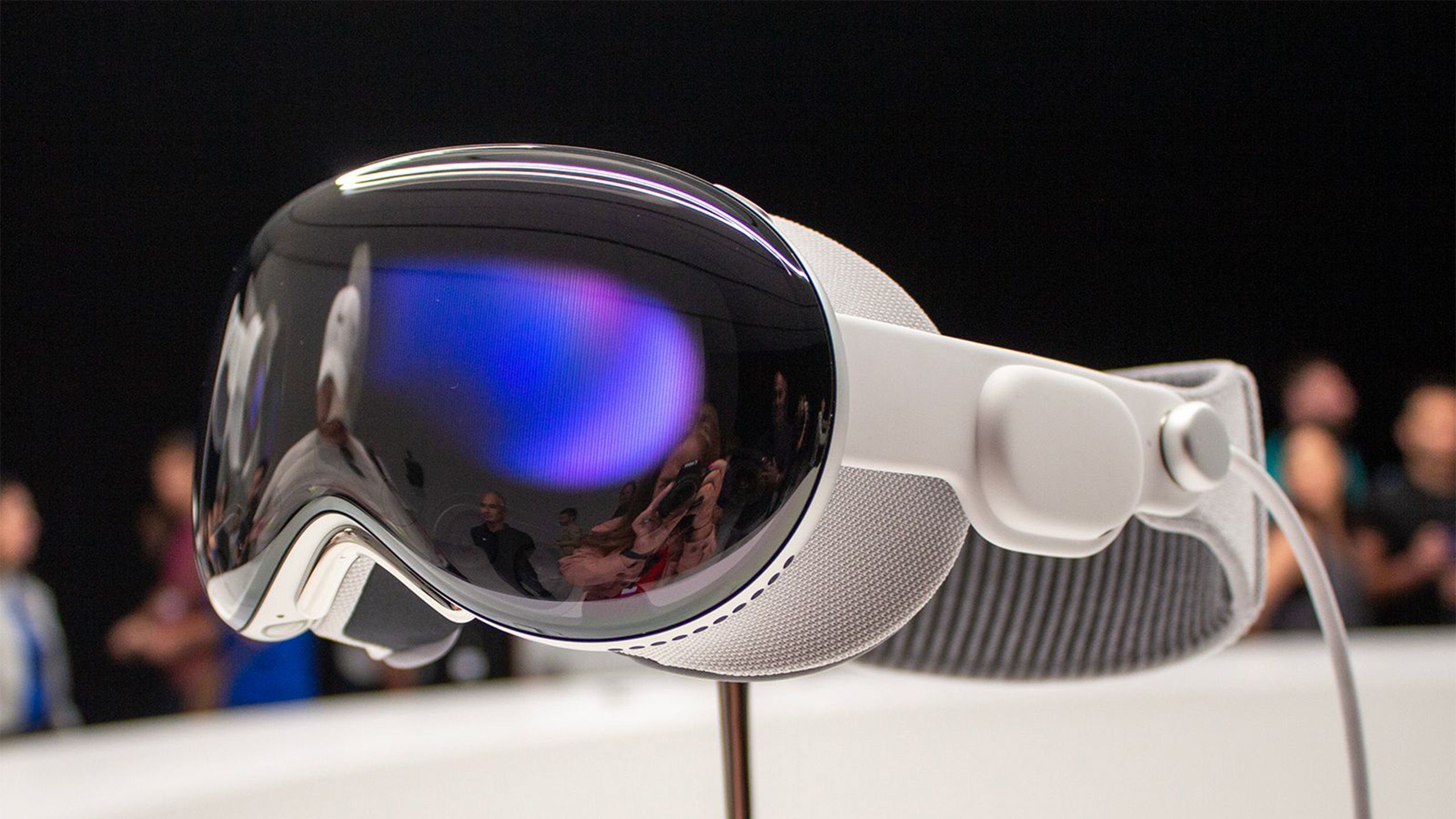
Apple Vision Pro
Apple wants you to work in VR
Apple Vision Pro is extremely expensive and lacks an extensive app library, but under its first-gen hurdles lies an impressive piece of tech with unparalleled image quality and productivity prowess.
- Amazing picture quality
- Passthrough quality and object permanence is second to none
- Some impressive productivity-centric ideas
- Eye-wateringly expensive
- App library is sorely lacking
- Users complain about comfort after longer use
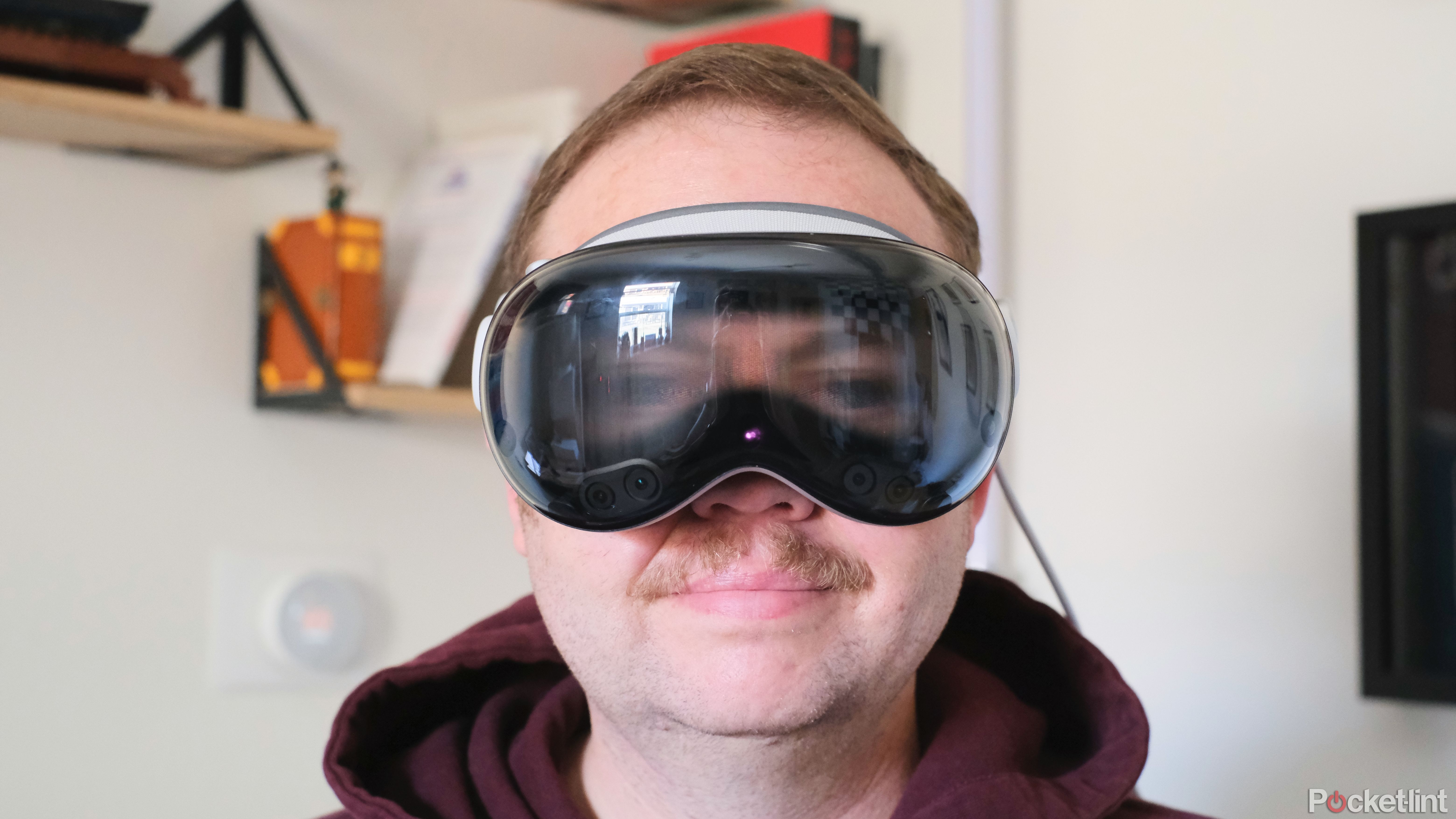
Read our review: One month with Apple Vision Pro
Despite my initial skepticism of Spatial Computing, and the hurdles to get eye lenses, Apple Vision Pro is wildly impressive.Apple made quite a splash with the announcement and the eventual release of its first VR headset. Well, Apple would like us to call it that, as it's supposed to be a "Spatial computing device." This means you won't get much in terms of VR games or entertainment on the Vision Pro, and the app ecosystem is extremely limited -- that's all a bit too frivolous for a "serious" AR device such as the Vision Pro.
The productivity features that the Vision Pro supports give a solid argument for AR workspaces for the first time.
Jokes aside, even though the Apple Vision Pro certainly lacks many features that are a no-brainer for other VR headsets, it also introduces a lot of great things of its own. Its Mixed Reality experience is second to none, with excellent passthrough quality and unparalleled object permanence, making for a jaw-dropping MR/AR performance.
Its image is also crisp and looks extremely lifelike, and the productivity features that the Vision Pro supports give a solid argument for AR workspaces for the first time. That being said, even these features are still limited and distinctly first-gen, aside from being locked behind an unreasonably steep $3500 price tag, but they certainly show the future of VR as not only an entertainment-first space.
Best value VR headset
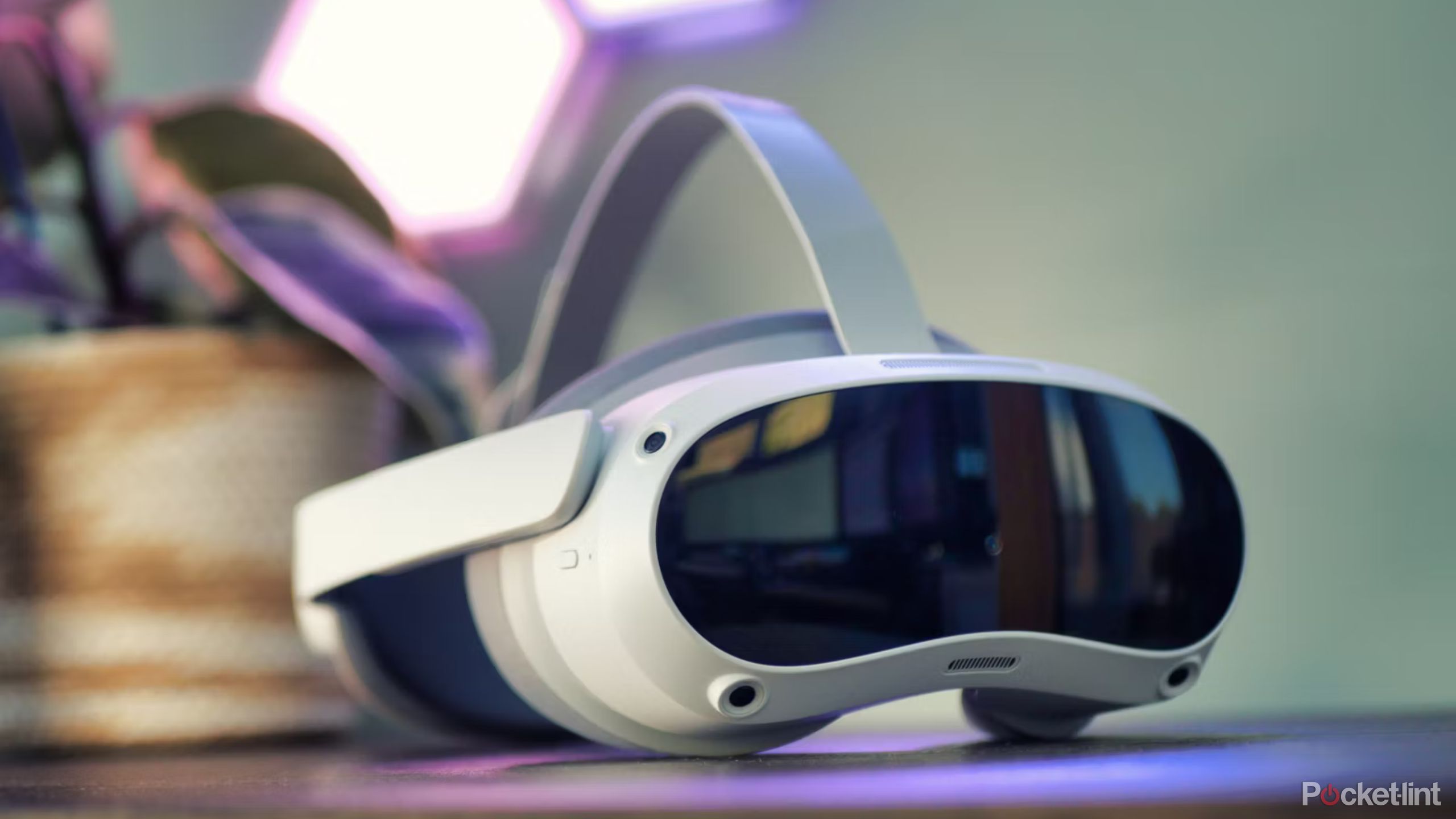
Pico 4
An amazing VR headset, if you can find one
The Pico 4 offers better hardware than the Quest 2, but you do need to spend a bit more to get these improvements.
- Extremely comfortable
- Improved visuals
- Great standalone and tethered performance
- The standalone library is much smaller than Meta's
- Not oficially available in the US
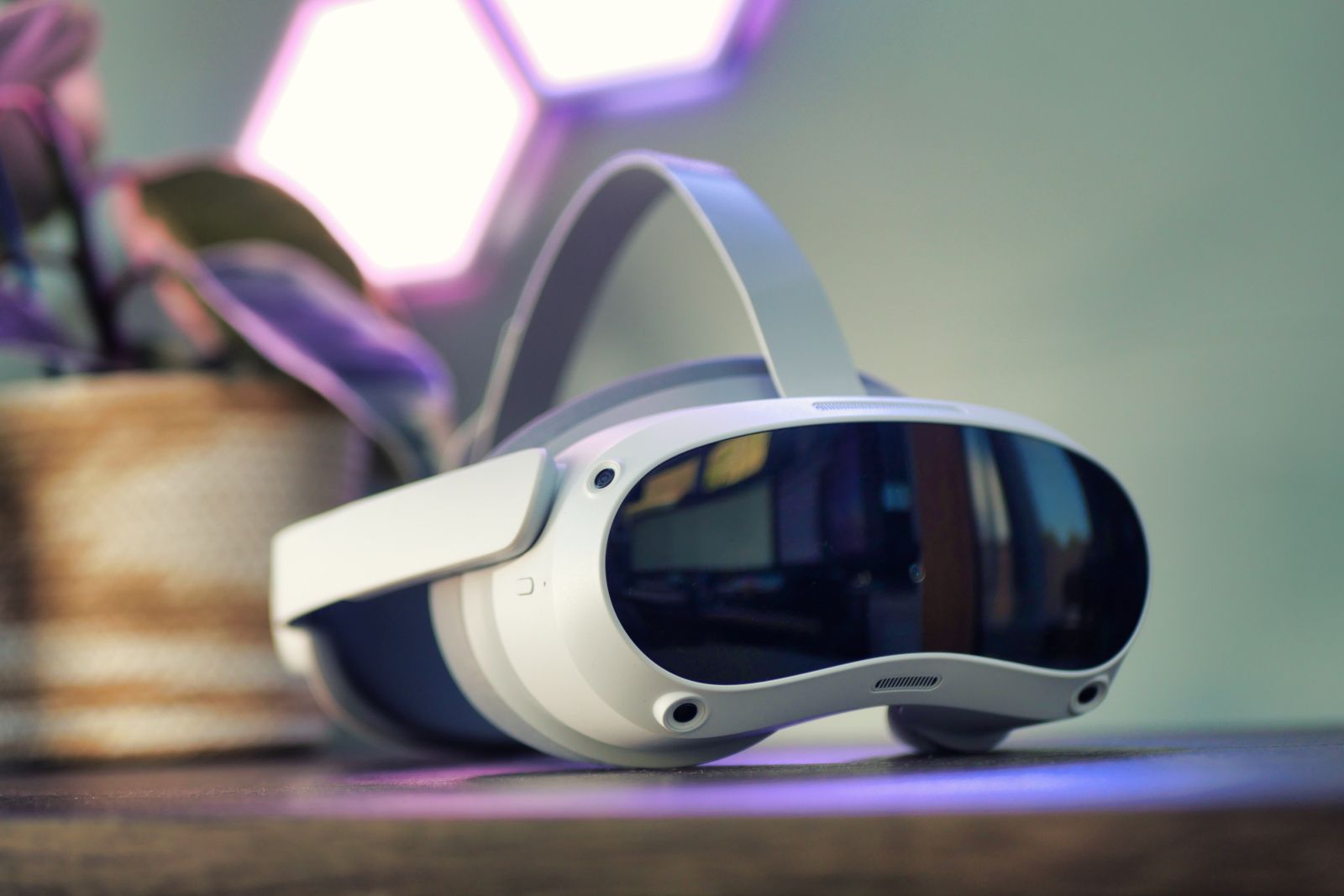
Pico 4, questing for greatness
The Pico 4 boasts better specifications and a lower price point than the Quest 2, but how does it fair in real-world use?The Pico 4 is very similar to the Quest 2 and 3 in that it's an affordable standalone headset that can also be used to play PCVR titles.
However, the Pico improves on the Quest 2 in numerous ways: it's more comfortable, has higher resolution displays with better lenses and it's often available at a lower price. What's more, it's even smaller and lighter, making wearing it for longer periods of time even less intrusive than the already comfortable Quest 2.
Unfortunately, the standalone game library is much smaller than that of Quest 2, and it's also not officially sold in the US. If you're in a supported region and have access to a gaming PC, we definitely recommend it over the competition. Otherwise, you may want to wait and see which titles get added to the Pico platform.
Best VR headset for PC
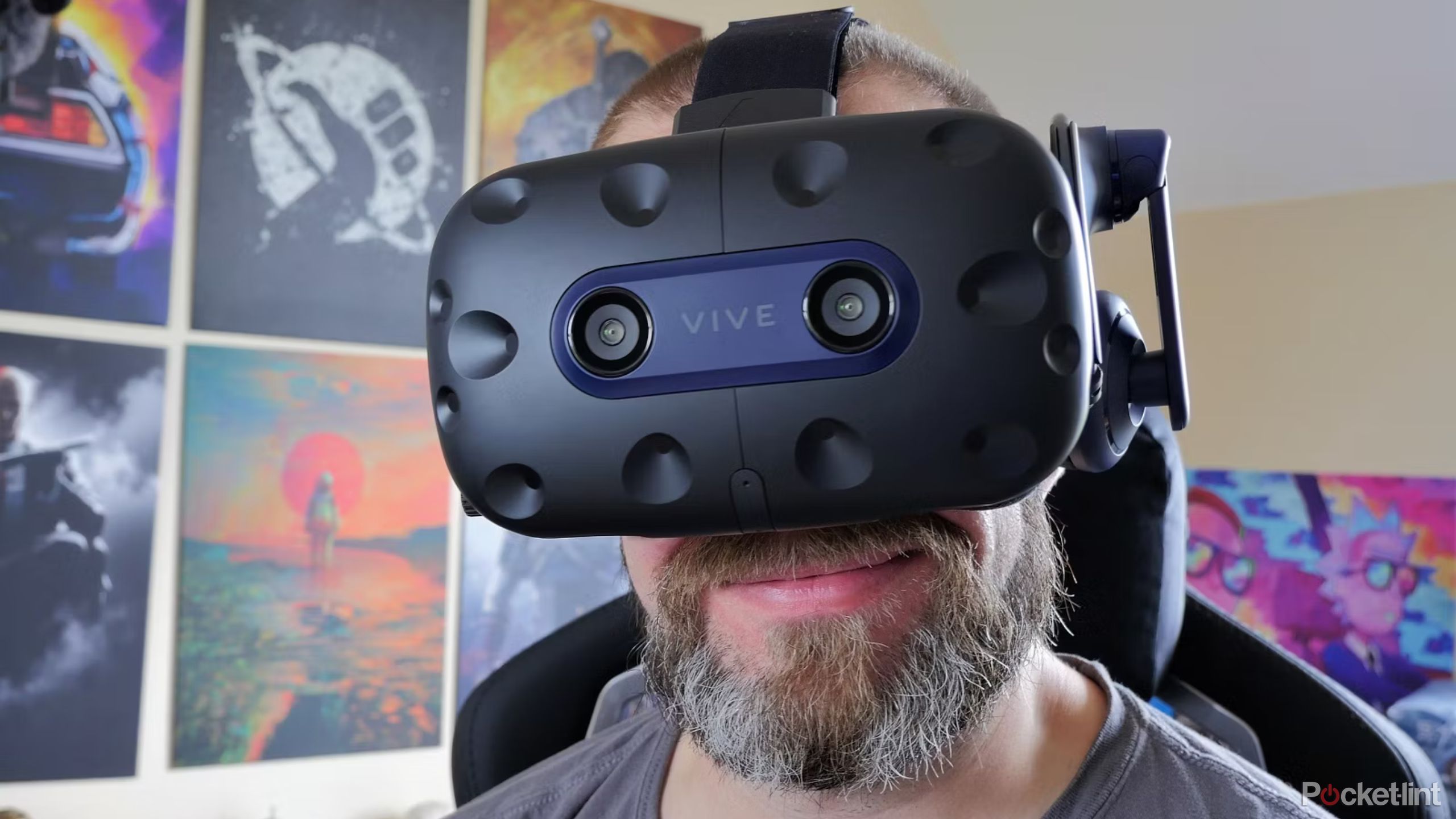
HTC Vive Pro 2
PC bliss on a VR headset
The HTC Vive Pro 2 is an excellent VR headset that offers beautiful image quality and superb comfort with excellent tracking, but you need to be hooked up to a PC to use it.
- Amazing display
- Nice and comfortable
- Plays nice with most games
- You'll need a powerful PC to make the most of it
- No standalone VR
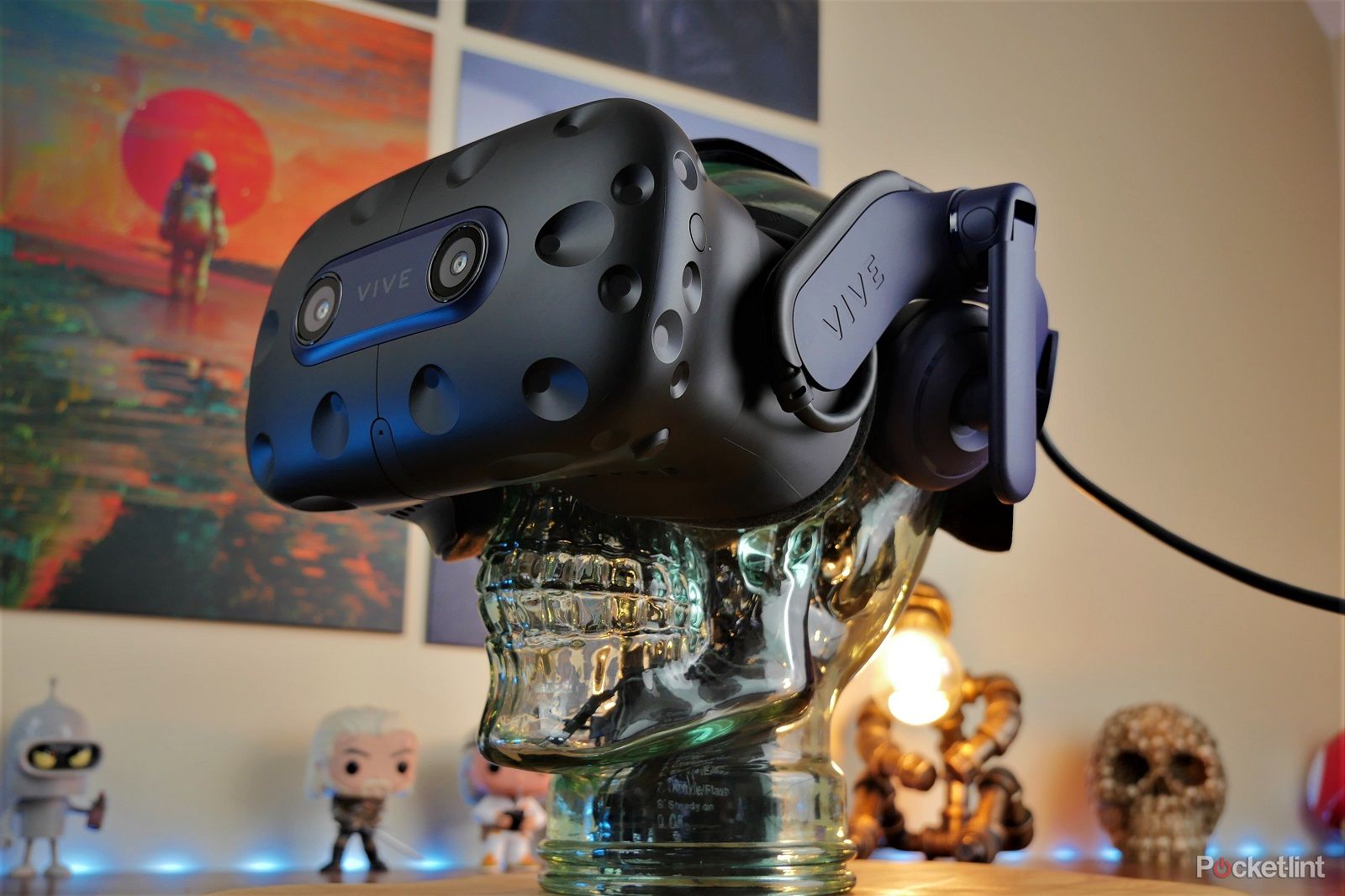
Read our review: HTC Vive Pro 2, the ultimate virtual reality experience
HTC has once again returned to form with a high-end VR headset that delivers the very best experience - but at considerable cost.The HTC Vive Pro 2 is the upgraded version of the HTC Vive Pro, and the very best that HTC and PCVR as a whole have to offer. It has one of the most impressive displays around, with an incredibly high pixel count, great field of view and up to a 120Hz refresh rate, too.
It connects to your PC flawlessly, which cannot be said about Apple's headset.
Of course, it's not as good as Apple's Vision Pro, but it's still crystal clear and smooth -- and it connects to your PC flawlessly, which cannot be said about Apple's headset. Like the previous Vive Pro, it needs a high-end gaming machine to run properly but delivers a superb experience that stands out from the crowd.
If you already own a Vive or Vive Pro, this makes for a nice upgrade, while the full package (including base stations) is a must for those new to the Vive experience. Of course, it's quite a lot more expensive than some of the standalone headsets, but the Vive Pro 2 delivers a much more high-end experience, both in terms of gameplay and tracking, as well as visual fidelity.
The bottom line: Best VR headset
We think the best VR headset for most people's needs is the Meta Quest 3. It offers significant upgrades over its predecessor and is currently the best-performing standalone VR headset on the market. There are higher-end options available, sure, but none come close to offering the convenience of the Quest 3, which can be used without the need for an expensive gaming PC and completely free from wires. It also offers the best mixed-reality experience of any headset available today if you value both productivity and gaming. It's amazing what it can do at such a low price.
That said, if you're a die-hard PC gamer looking for the best quality, then we'd recommend looking at the HTC Vive Pro 2, which we reckon is the best-value high-end tethered headset. On the other end of the scale, if you just want the best value for money, the Quest 2 is currently unmatched in what it offers for under $250. Finally, if productivity is all you can think about, you're deep in the Apple ecosystem, and have a lot of cash burning a hole in your wallet, the Apple Vision Pro offers a distinctly Apple (albeit also very first-gen) experience with a focus on working in VR.
How we chose these VR headsets
We've spent countless hours testing each and every headset on this list and a technology writer with expertise in the VR space reviewed each model. We've played a variety of VR titles in standalone modes and while tethered to a gaming PC both wired and wirelessly. As avid fans of VR ourselves, we know what makes a good headset, but everyone values different things, so we've tried to include a wide variety of options on this list.
Of course, it's not possible to include everything, but whether you're looking for a lightweight standalone experience or a PC VR headset with uncompromising visuals, there's an option for you here. We take many things into consideration before adding a product to this page. Not just build quality and performance, but also reliability, ease of use, brand reputation and value for money.
FAQ
Q: How much should you spend on a VR headset?
This is a question that can apply to basically any purchase in the world of technology, but that doesn't make it any less apt when we're talking about VR headsets -- you need to set your budget.
Work out how much you'd be happy to spend, and that will go a long way toward deciding what headset is best for you. This is more true for VR than other areas, too, since the hardware we're dealing with can get seriously pricey.
And keep in mind that it doesn't always have to be the most expensive option, since there are now plenty of VR headsets that are available for a relatively cheap price.
Q: Should I choose a wireless or tethered VR headset?
A huge question about VR headsets comes down to whether they require a tether or not -- in most cases, they do need to be plugged into a PC or console to work. Some, like the Oculus Quest 2, have the ability to work standalone, with reduced graphical prowess, but can still be plugged in for tethered fun when you need a boost, which is arguably the best of both worlds.
Others, like most HTC Vive headsets, can be converted to work wirelessly using accessories that will add a bit of cost and could take a little while to set up, but once you do so you'll have amazing graphics without worrying about wires. If you've ever tried VR before, this will be an area to decide on before buying.
Q: What should you look for in VR headset resolution?
Another key variable between different VR headsets, and, in fact, one of the main ways to tell the difference between them, comes down to what level of resolution they can offer you. This is about the number of pixels in their displays, as close to your eyes as they are, and the higher the number the crisper the visuals will be able to look.
However, it's not the be-all-and-end-all, so it might be that you care more about what games you'll be able to play than exactly how sharp they'll look while you do so.
Q: What's the main use of a VR headset?
That leads to our final point -- what do you want a VR headset for? There's virtual and augmented reality gaming, there is mixed reality, and productivity options for a VR headset. The main use depends on what you feel you would use it most for. In recent years, gaming has been a huge highlight of VR headsets, but with the Apple Vision Pro, we're seeing productivity and shared reality experiences rise in popularity.
When choosing one for yourself, think through the uses we outlined for each model above. There are plenty of amazing videos out there to explore in VR, as well as brilliant productivity tools and coworking spaces to help you combat isolation. Of course, there's also a whole world of gaming, too. So, it's worth figuring out what your priority is in order to pick the headset that best fits your aims. This is the surest-fire way to ensure you don't accidentally pick one that isn't so ideal.

